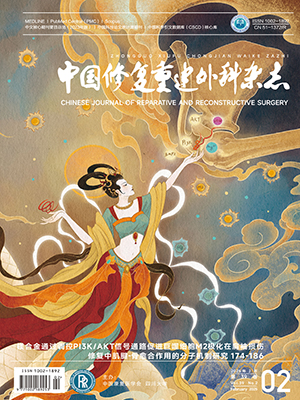OBJECTIVE: To explore a method to treat the mostly-isolated finger with its bilateral arteria injury without microsurgery. METHODS: To avoid exacerbating iatrogenically the wound, the methods of therapy mainly included the following procedures: debriding carefully, suturing the cutis and subcutaneous layer to fix internally the fracture without Kirschner wire, and not suturing the broken finger nerve or the broken tendon which had rebound. It was used in the emergency operation. After operation, heat therapy and Anisodamine were used to dilate capillary and micrangium of the unbroken soft tissue of the wounded finger, which was anatomically the only base of blood supply of pars of the wounded finger. RESULTS: In the 34 cases, main blood supply of the wounded finger was restored. The wound healed well in 28 cases. In 6 cases of necrosis in the edge of the wound, the necrosis were excised and the cicatricial healing was achieved. In 31 patients followed up, after the fracture had healed, the nerve and tendon were repaired. CONCLUSION: The methods above should be available for the mostly-isolated finger, especially in a hospital without microsurgery.
Citation: ZHANG Hai peng,Wang Rong ming,Zhu Ying bo,et al.. CLINICAL EFFICACY OF NON-MICROSURGICAL TREATMENT FOR MOSTLY-ISOLATED FINGER WITH ITS BILATERAL ARTERIA INJURY. Chinese Journal of Reparative and Reconstructive Surgery, 2003, 17(4): 331-332. doi: Copy
Copyright © the editorial department of Chinese Journal of Reparative and Reconstructive Surgery of West China Medical Publisher. All rights reserved




